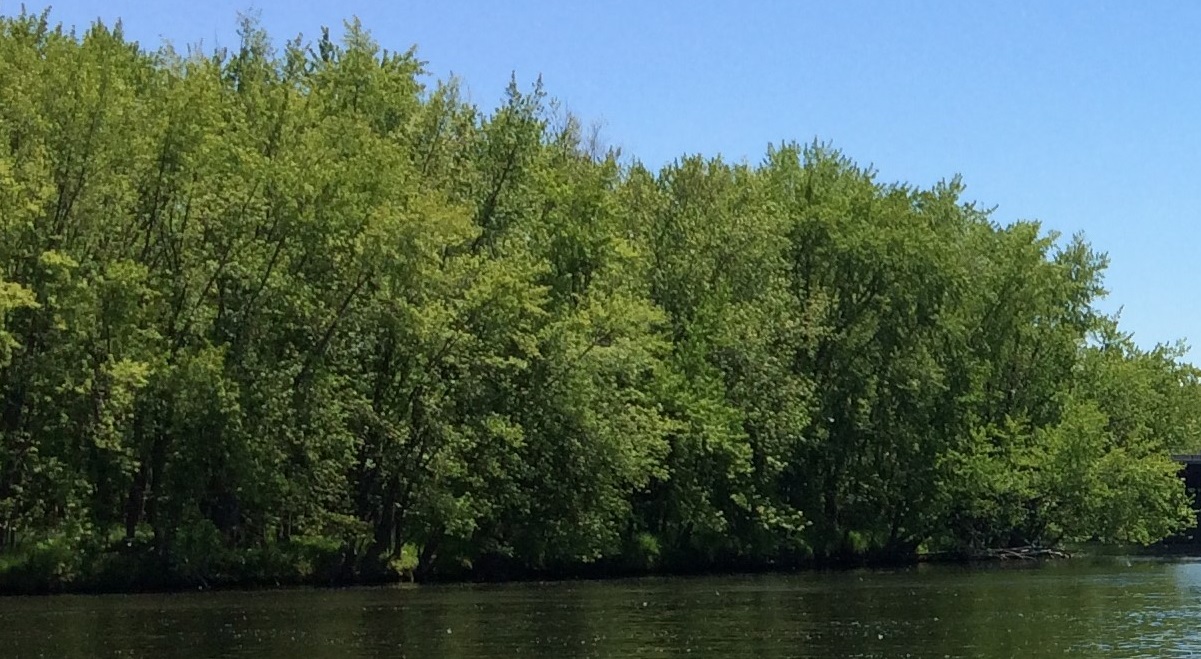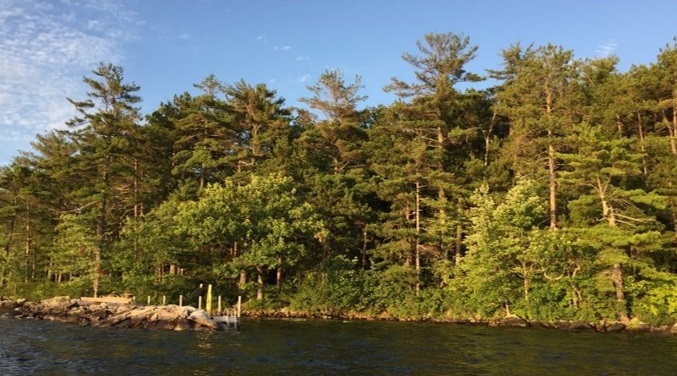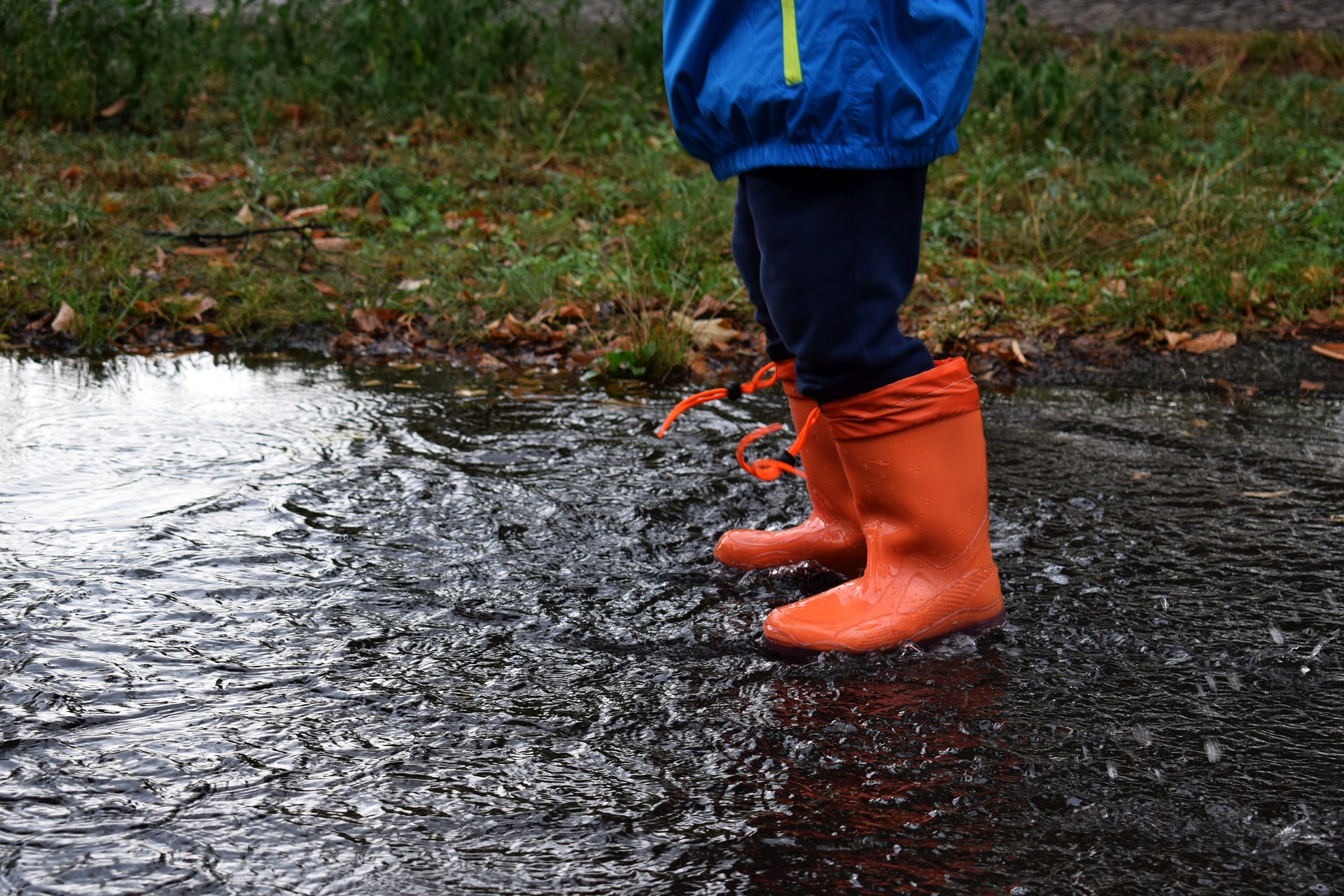Waterfront Development
Managing construction and development in and around New Hampshire’s lakes, rivers, ponds and Seacoast.
State statutes and administrative rules for waterfront development help maintain public water quality in our lakes, rivers, streams and ocean. They also support healthy vegetation buffers. Related benefits include:
- Healthier wildlife and plant populations.
- Increased monetary value of waterfront property.
- Recreation and tourism value.
- Protection of public health.
Examples of construction, fill, excavation or dredge within surface waters, banks, and the protected shoreland include, but are not limited to:
- Constructing or modifying the footprint of houses, patios, decks, driveways and other structures within the protected shoreland.
- Installing docks, boathouses, jet ski lifts and breakwaters.
- Filling and excavating shorelines (for stabilization).
- Removing vegetation near public waters.
Regulated activities may require permits:
- Shoreland Permit (Shoreland Water Quality Protection Act, RSA 483-B).
- Wetlands Permit (Fill and Dredge in Wetlands, RSA 482-A).
- Alteration of Terrain Permit (Water Pollution and Waste Disposal, RSA 485-A:17).
Reference Administrative Rules
Administrative rules govern permitting and specifications for structures such as beaches, decks, and patios within the protected shoreland, including within 50 feet of the reference line.
These administrative rules and others are available for reference in our Administrative Rules Library.
Video Resources
- Private, Non-Tidal Beaches (10 minutes)
- Accessory Structure Permit Tips (9 minutes)
- Wetlands Permit Applications:
- Planning and Design Phase Tips (1 of 2) (6 minutes)
- Tips to Consider (2 of 2) (7 minutes)
- Vegetation Management for Water Quality in Protected Shoreland (7 minutes)
- What is a Priority Resource Area? (7 minutes)
- Water Access Structure Rules (25 minutes)
- Alteration of Terrain Permit Tips (14 minutes)

The Shoreland Water Quality Protection Act (RSA 483-B) regulates waterfront development on land. The Act establishes minimum standards for the subdivision, use and development of shorelands adjacent to the state’s public waterbodies.
The Shoreland Water Quality Protection Act Minimum Standards

Nature’s most economical and efficient stormwater purification system is a combination of native shoreland plants. As communities grow and New Hampshire’s landscape changes, the quality of our public waters depends on each of us managing the trees, shrubs and low-growing plants on our property.

Stormwater runoff is water from rain or melting snow that does not soak into the ground. When natural areas are developed to make room for neighborhoods, roads and other development, we introduce impervious surfaces, such as rooftops, roads and driveways, that change the way water flows over and through the land. These surfaces create excess stormwater runoff, which can result in flooding, stream bank erosion and reduced groundwater recharge. Runoff can also carry pollution into surface waters and contributes to over 90% of the water quality problems in New Hampshire.
This 8-minute video offers tips to consider for “accessory structures” within the protected shoreland.
Rules and Statutes
Related Content
Did you know?
Did you know?
You can find the status of a shoreland or wetlands application through NHDES OneStop. Check application status
Docking Structures and Shoreline Stabilization
Shoreline stabilization projects and docking structures involve dredge, fill, or the placement of structures in tidal and freshwaters and associated banks.
Protected Shorelands and Shorelines
Our shorelands and shorelines are among our most valuable and fragile natural resources. Unregulated impacts can deteriorate water quality and affect our landscapes.
Alteration of Terrain (AoT) Permitting
To help protect surface water and groundwater quality, the Alteration of Terrain Program requires a permit for land disturbances, depending on the size of the project.




